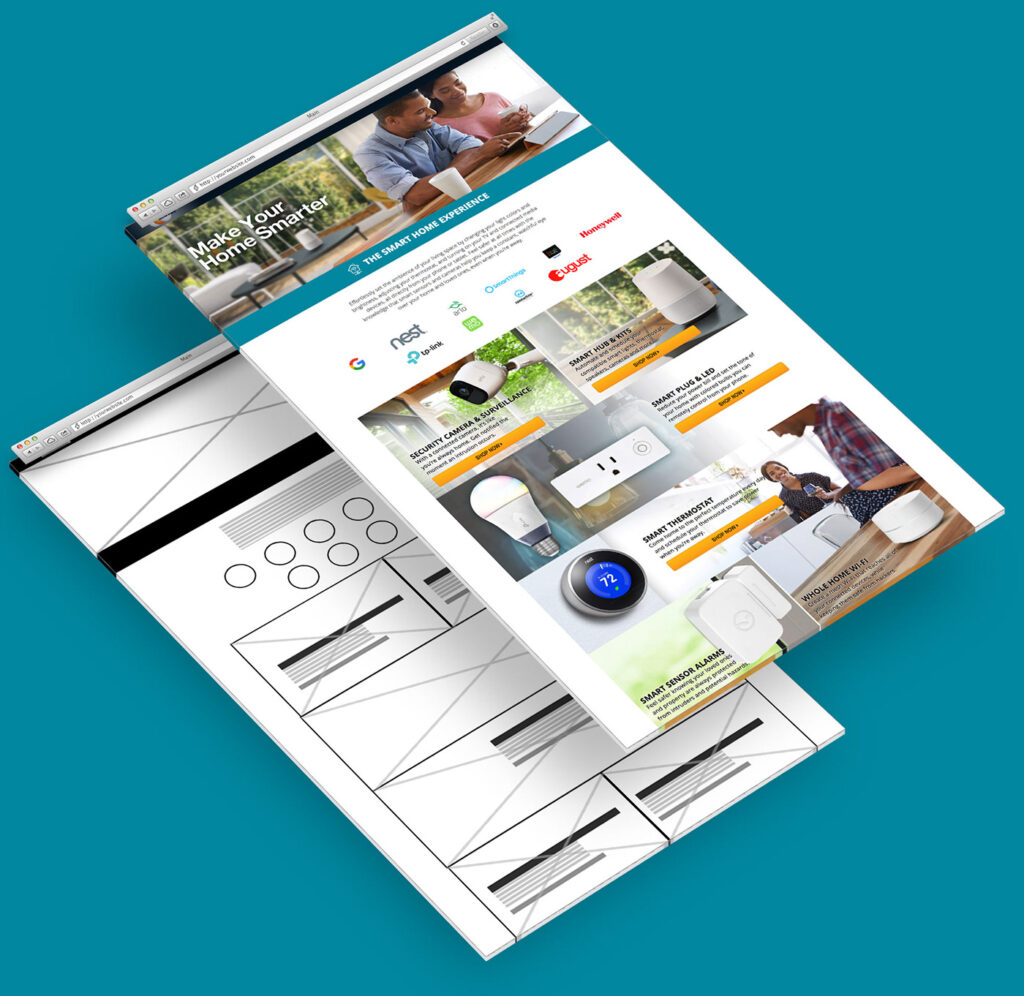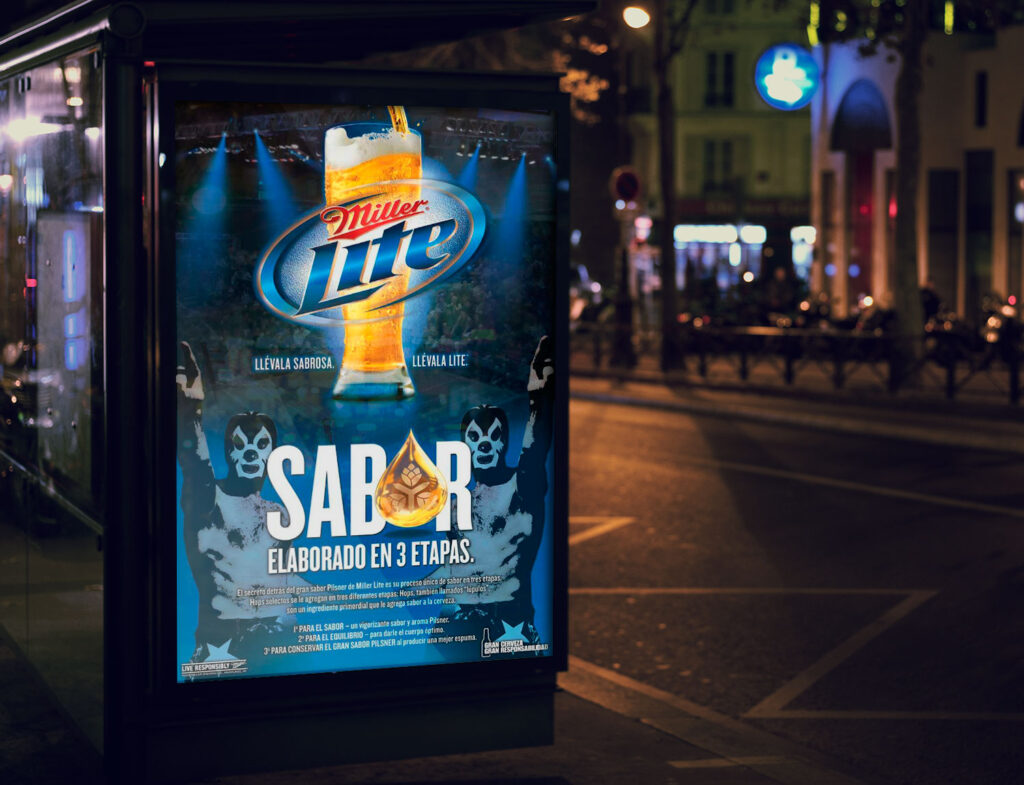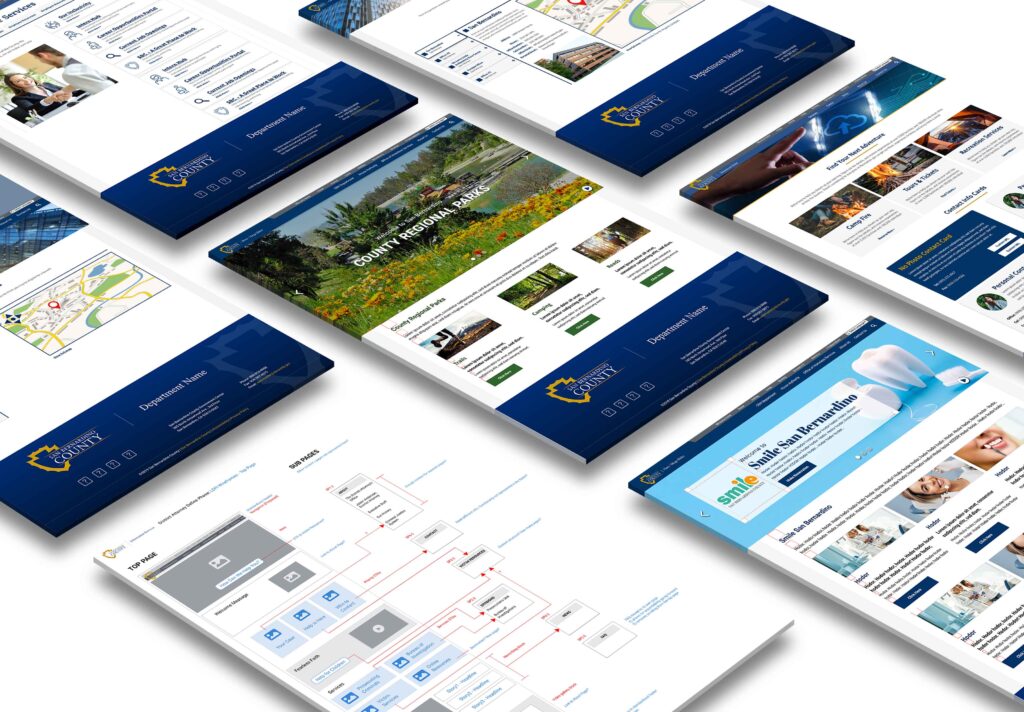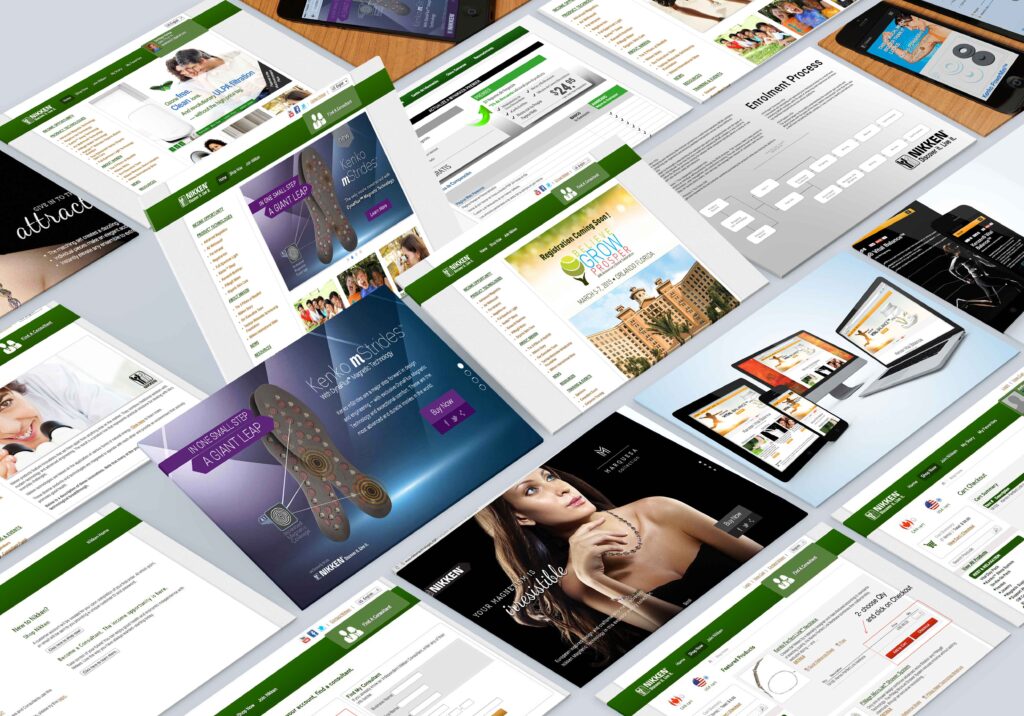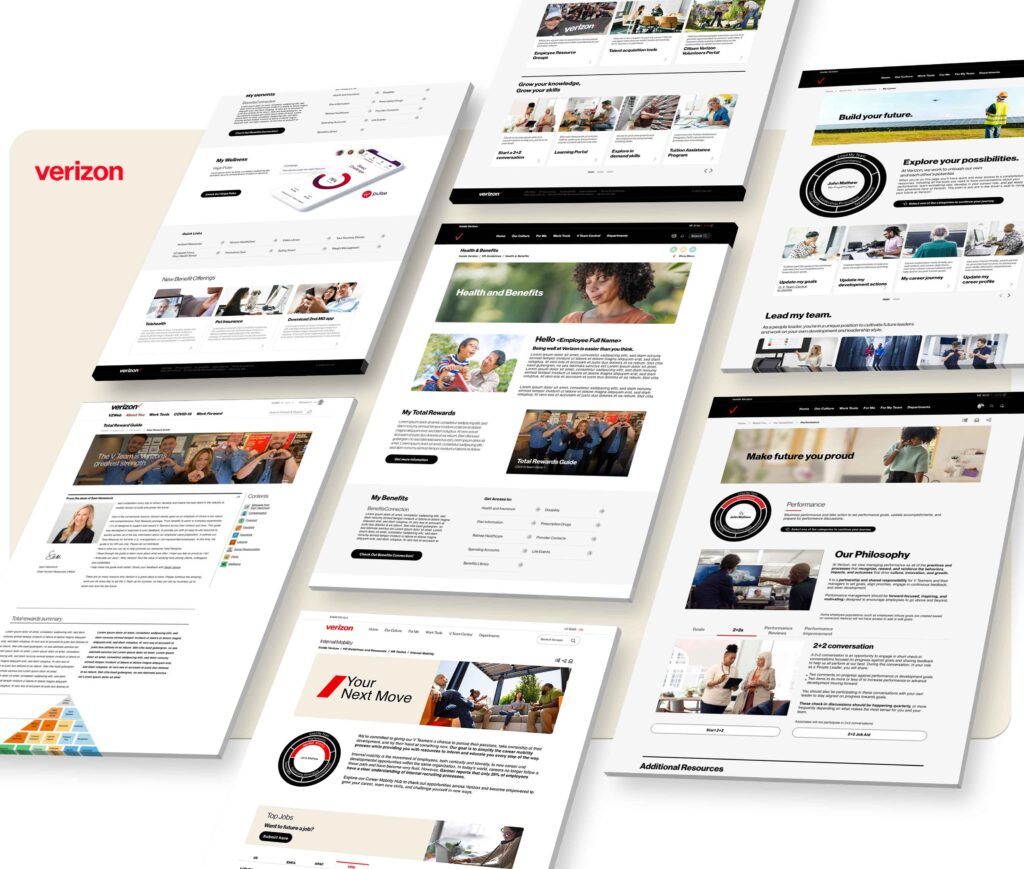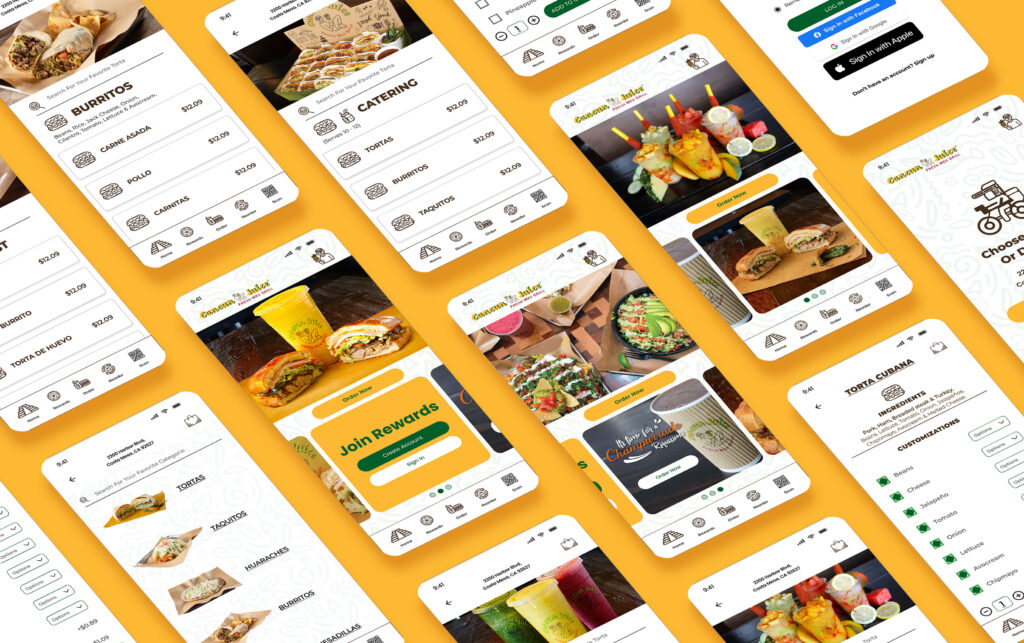
Internal Experience Team
Introduction
At Verizon, the internal management platform serves as a central hub for employees worldwide, providing access to benefits, vacation management, career opportunities, and personal achievements. Employees can explore internal job postings, showcase their certifications, accomplishments, and department-awarded badges, creating a dynamic professional profile.
As Senior UX Designer on the Internal Experience Team, I played a key role in enhancing usability, optimizing workflows, and designing intuitive experiences that empowered employees to navigate their career growth and manage essential resources seamlessly.
Identified Challenges
The Internal Services Department (ISD) is a critical resource for the county, yet its outdated application and website interfaces do not effectively represent the high quality of services available to residents. Each department—including fire services, museums, and child welfare—operates independently, making it essential to establish a unified design framework that ensures consistency across all county platforms.
Key Responsibilities
Key Responsibilities
✔ Research
✔ Wireframing & Prototyping
✔ UI/UX Design
✔ Usability Testing
✔ Illustrations / Design Assistance
✔ Front End Development
Main Tools
✔ Figma
✔ Adobe XD
✔ Photoshop
✔ Illustrator
✔ Google Drive
✔ Jira
✔ Joomla
Key Challenges
1. Inconsistent User Experience Across Departments
Each department maintained its own website with distinct design elements, resulting in a lack of visual and functional consistency. This fragmentation hindered usability, making it difficult for users to efficiently locate and access services.
2. Outdated User Interface Design
The internal user interface was not aligned with the primary public site’s design system, creating a disjointed experience. There was a critical need for expertise in user experience design to ensure consistency, improve usability, and modernize the platform.
3. Technical Limitations
Most departmental websites were built on a core version of Joomla with custom-developed plugins. This presented challenges in integrating new UI components and maintaining compatibility while ensuring ease of use for non-technical content creators.
4. Inefficient Content Management
Content creators across departments lacked a standardized content management system (CMS), often structuring content manually. The complexity of Joomla’s UI further complicated this process, as many users lacked the technical expertise to build custom components or manage site updates efficiently. The redesign required a more user-friendly content management solution that streamlined workflow while remaining fully compatible with Joomla.
5. Lack of Accessibility Compliance
Many county department websites did not meet ADA (Americans with Disabilities Act) compliance standards, limiting accessibility for users with disabilities. Addressing this gap was critical to ensuring inclusivity and adherence to legal requirements.
6. Scalability and Maintenance Challenges
Without a unified design system, maintaining and updating websites across departments was resource-intensive and time-consuming. The absence of standardized components meant that design, development, and content updates required significant manual effort, leading to inefficiencies in scalability and long-term sustainability.
Approach

To address these challenges, we enhanced and expanded the existing design system with a strong focus on the internal user experience. Our approach included:
- A Cohesive Design Framework – Establishing a standardized design system to ensure visual and functional consistency across all departmental websites.
- Reusable Page Templates – Developing adaptable templates that catered to various departmental needs, allowing for structured yet flexible content presentation.
- Accessibility Compliance – Integrating ADA-compliant design features to improve accessibility and ensure inclusivity for all users.
- Streamlined Content Management – Simplifying the CMS workflow, enabling content creators to focus on information accuracy and delivery rather than complex design or technical implementation.
By implementing this unified and scalable approach, we aimed to modernize the county’s digital presence, enhance usability, and improve operational efficiency in managing and maintaining web platforms across departments.
Users & Personas
To ensure a user-centered design approach, I conducted internal research by gathering focus groups of 5 to 10 employees from each department at the start of the project. These sessions provided valuable insights into user frustrations, workflow inefficiencies, and overall pain points related to internal applications and department websites.
The primary user groups included:
To ensure a user-centered design approach, I conducted internal research by gathering focus groups of 5 to 10 employees from each department at the start of the project. These sessions provided valuable insights into user frustrations, workflow inefficiencies, and overall pain points related to internal applications and department websites.
Individual Contributors
Employees using the platform for daily tasks, document retrieval, and process submissions.
Leaders & Managers
Users with broader access, responsible for overseeing team operations, approvals, and reporting.
Each user type had varying levels of access and content visibility, requiring tailored experiences for navigation, task completion, and information retrieval. My role was to identify their key objectives, streamline their workflows, and enhance the overall usability of the platform. By improving content discoverability, simplifying document access, and optimizing navigation, I helped ensure that users could quickly and efficiently find the information they needed without unnecessary friction.
This research-driven approach not only enhanced user satisfaction and productivity but also provided critical data to inform iterative improvements and align the platform’s functionality with organizational goals.
Design Methodology & Responsibilities
I focus on creating intuitive and user-friendly digital experiences by collaborating closely with project managers and engineering teams, utilizing Jira, Figma, and Adobe XD to streamline the design and development process. My approach includes:
By applying this structured methodology, I strive to enhance usability, improve engagement, and deliver scalable design solutions that meet both user expectations and business objectives.
- User Research & Requirements Gathering – Conducting comprehensive evaluations to ensure design solutions align with user needs and business objectives.
- UI Design & Development – Designing responsive layouts, menus, tabs, and widgets, enhancing usability and consistency across platforms.
- Prototyping & Mockups – Developing wireframes, interactive prototypes, and high-fidelity mockups to effectively visualize and refine design concepts.
- End-to-End UX Design – Transforming ideas from low-fidelity sketches to fully interactive prototypes, ensuring a seamless and engaging user experience.
- Usability & Accessibility – Performing usability testing and integrating ADA-compliant design principles to create inclusive and accessible digital solutions.

